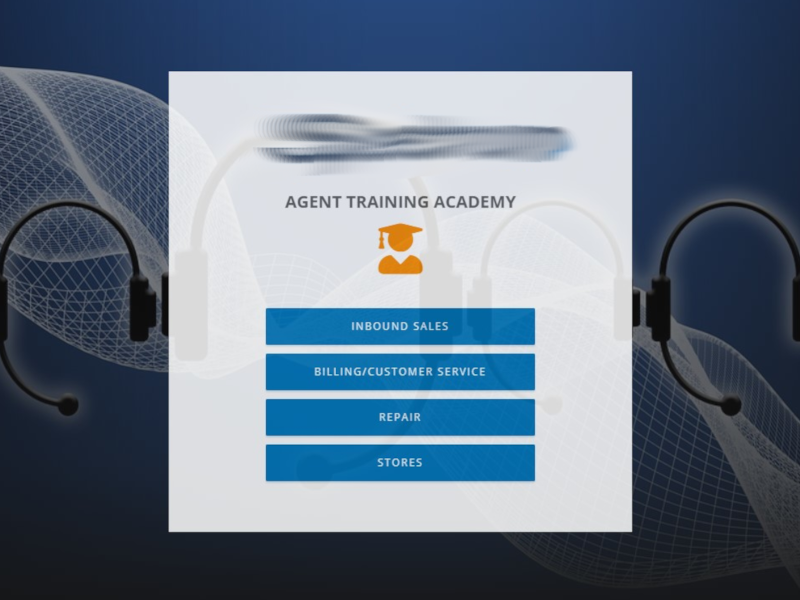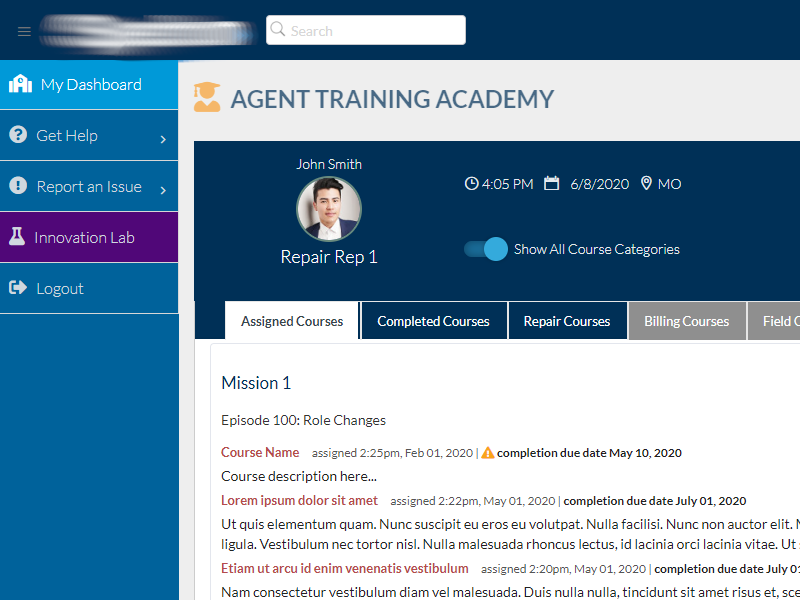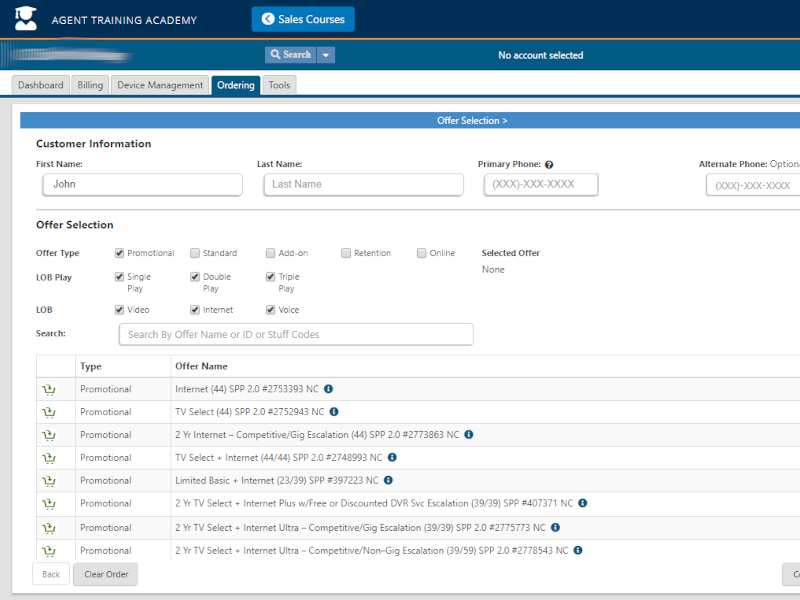Project Date: 2020
Introduction: The client is a leading American telecommunications and mass media company. The company is committed to providing their call center agents with the latest training and development opportunities to ensure their success in their respective roles.
Background: One of the primary challenges faced by the company was the need to train their call center agents on complex and sensitive production systems, which posed a significant risk to both the company and the trainee.
Scope: The scope of the project was to develop a stand-alone training environment that would eliminate the need to use production systems for training purposes.
Approach: To develop the application, the project needed to accomplish the following objectives:
- Develop a stand-alone training environment that accurately simulates the company's production system.
- Ensure the stand-alone environment is secure and can be accessed remotely.
- Provide trainees with an immersive and engaging experience that closely mirrors the real-world production system.
- Create a scalable and cost-effective solution that can be easily updated and maintained.
Methodology: The project team adopted an agile development methodology to ensure the project was delivered on time and within budget. The team consisted of a project manager, 1 UX designer, 1 business analyst, 4 junior software developers, and 1 software architect with extensive experience in developing software using React; the software chosen to use for the build.
The first phase of the project involved analyzing the company's production system and identifying the critical areas that required training. The team worked closely with call center instructors to develop a detailed list of scenarios and use cases that the virtual environment would need to simulate accurately.
The second phase of the project involved importing designed screens into Axure RP to create a realistic environment that included conditional logic to provide a fully interactive prototype for usability testing.
The final phase of the project involved developing the stand-alone training environment using React, as well as a custom app to track trainee progress and provide reporting.
Results: The Agent Training Academy (ATA) was successfully delivered, meeting all the project objectives within the allotted time and budget. The project received positive feedback from call center instructors and agents in training, who found the virtual environment engaging, immersive, and an effective tool for learning.
The ATA allowed the company to eliminate the need to use production systems for training, reducing the risks associated with live training.
The ATA was also scalable and easily updated, ensuring that it remained relevant and up-to-date with the latest production system changes.
Conclusion: The ATA project was a success, providing the company with a secure, cost-effective, and scalable solution for training its call center agents.


